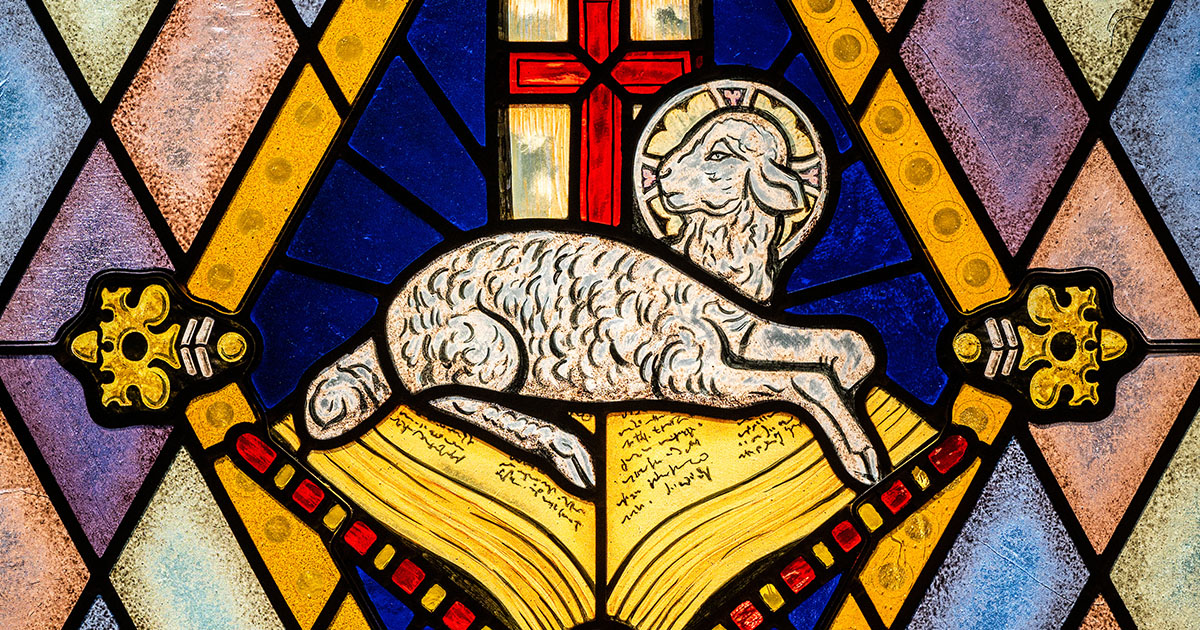
The Te Deum Laudamus (“We Praise You, O God”) is the canticle appointed for Matins and the church’s ancient song of general thanksgiving. This Latin Ambrosian hymn has been sung for over 1,500 years by Christians. The Latin text and tune continued to be sung by Lutherans long after the Reformation. The Lutheran Service Book (LSB) contains two English translations and two hymn paraphrases of the Te Deum, set to different tunes.
Martin Luther translated the Te Deum from Latin into German as a hymn, “Herr Gott, Dich Loben Wir.” He preserved the Te Deum’s original melody in a simplified form, much like his other Latin hymn translations (e.g. “Savior of the Nations Come,” LSB 333).
Luther’s Te Deum is designed to be sung in alternation between two voices or groups of singers, as the Latin Te Deum is often sung. Luther’s German hymn was included in The Lutheran Church—Missouri Synod’s first hymnal. An abbreviated form also appeared in the Worship Supplement (1969).
LCMS Worship is pleased to offer this arrangement of Luther’s complete Te Deum in Richard Massie’s classic English translation, gently amended.
On Singing Luther’s Te Deum
This arrangement suggests that a leader (ideally, the pastor) intone the first phrase, with the full congregation responding. After this opening, it is recommended that two groups of singers (marked and) sing back and forth in alternation with one another, joining together in two places as noted.
The following combinations may be possible:
 Left side (Gospel, north) vs.
Left side (Gospel, north) vs.  right side (Epistle, south) of the congregation
right side (Epistle, south) of the congregation
 Choir vs.
Choir vs.  congregation
congregation
 Pastor/cantor vs.
Pastor/cantor vs.  congregation
congregation
 Soloist/choir 1 vs.
Soloist/choir 1 vs.  choir 2
choir 2
 Singers vs.
Singers vs.  organ
organ
Note: An optional keyboard accompaniment is also provided. If an organ is used, contrasting registrations or divisions may be used to accentuate the responsive singing.
With its lively tune and the energy that comes with responsive singing, this Te Deum is ideal for morning chapel at Lutheran schools, seminaries and colleges, who may sing Te Deums as often as every day. Children in particular rise to the challenge and take pride in singing back and forth to one another in this way.
On Printing Luther’s Te Deum
The congregational part is formatted for 8.5″ x 14″ paper.
- Print at 100%, double-sided, using landscape (short-edge) binding.
- Print in booklet form.
- Each page may be cut in half, yielding two congregational parts.